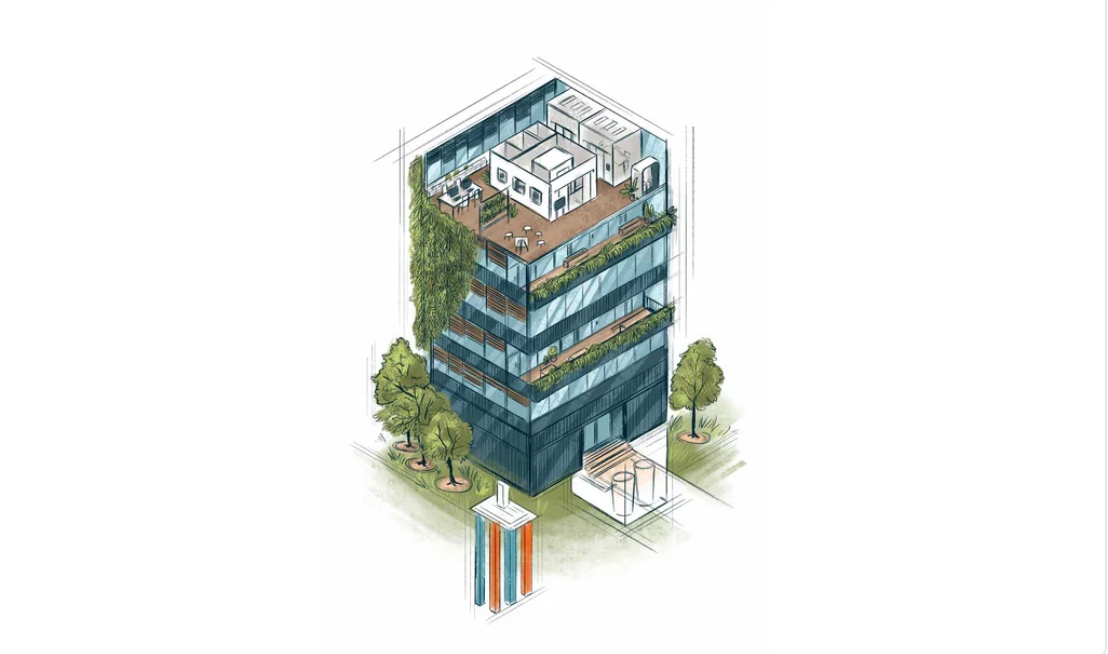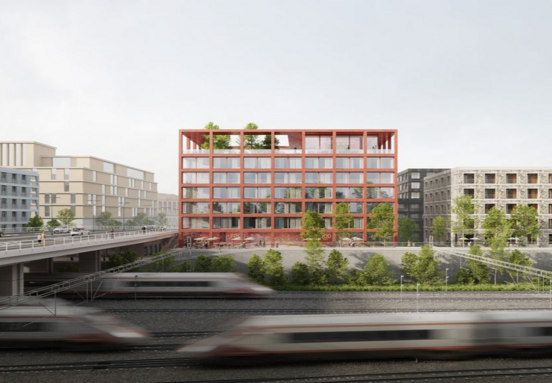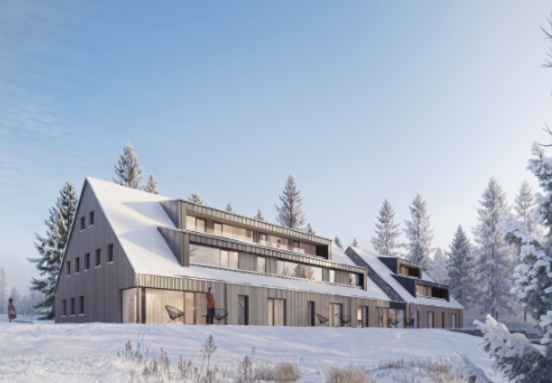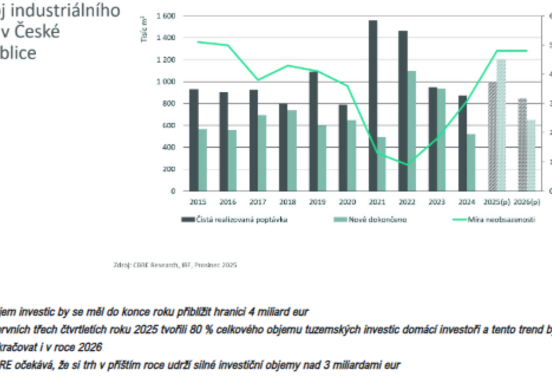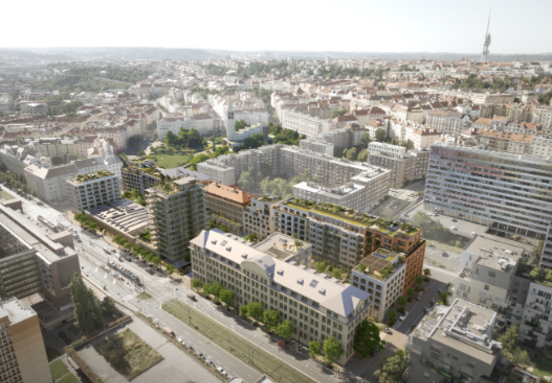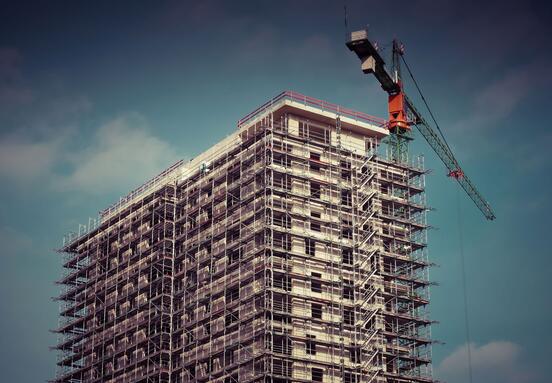1
Smart windows
The digitization of buildings also included windows. The building monitors their closure overnight and ventilates the premises in the morning. The windows are also controlled by the weather. This is ensured by sensors outside and inside the building reacting to the set conditions. If the room is too hot, close the windows and turn on the air conditioner. External
the blinds are pulled up again in strong winds.
2
Find a friend
The new type of office offers users a variety of seating options to suit their tastes. But flexible seating complicates mutual search. The system that monitors people in the office finds the wanted colleague and shows where to go. It will also save time in the event that it cannot be found at all because it was left at the home office.
3
Dynamic office
The well-known phenomenon of open space has acquired a new dimension. After fixed partitions, heavy furniture and fixed workplaces also disappear from offices. The offices of the future do not have only one form. Mobile screens, light tables and wardrobes on wheels are rebuilt by the employees in a few minutes according to their ideas and transform the office beyond recognition.
4
Vertical garden
A facade planted with plants can regulate the temperature of the building
and the amount of noise that penetrates it. In addition to the benefits for the indoor environment, offices can also improve air quality and bring more greenery to the city. A vertical garden can also be created indoors, where its positive effect on the well-being of users is also significant. Energy storage
Energy saving is the measure by which all modern
offices are racing. The buildings are undermined by a system of hundreds
ground wells that provide not only heating but also cooling.
The wells serve as reservoirs. In the summer, heat is stored in them so that
heated the building in winter. There is no need for a boiler room.
6
Smart lights
The fact that the lights turn on by themselves based on movement is no longer surprising today. But they also regulate their intensity according to the amount of daylight, and thanks to the connection with the application, employees have the opportunity to adjust its color composition as well, so that they feel as comfortable as possible in the space.
7
Digital space
The office no longer means just the space itself, but also its virtual alter ego, which allows users to control the availability of shared space, the occupancy of meeting rooms and the air quality. You can invite a visitor via the application, and the door or turnstile will open by itself upon arrival. After the meeting, the room is automatically ventilated.
8
Micro office
A small soundproof box that can have different appearances, located in the middle of a large space in the spirit of open space. This is how you can describe a space with air, electricity and light that is used for concentrated work, for a quick meeting of a small team or as a telephone booth.
9
Composting
In addition to the bins for sorting plastics, glass and paper, it has been added recently
and a bio-waste container. But it is slowly being replaced by a container designed for composting fruit and vegetable peels, coffee, and tea bags
and tissue paper. The compost is then used to fertilize the plants
or terrace gardens, which are gaining popularity among employees.
10
Photovoltaic glasses
All-glass office buildings don't have to be like
an overheating greenhouse, which we then expensively ventilate. Glass
with a special coating, they can already protect the building from
heat and cold. Thanks to the built-in photovoltaic cells
they also produce energy and thus contribute to almost zero
energy efficiency of buildings.
11
Gray water
Ecology is a friend of all modern projects and saving water is an important part of it. Modern buildings no longer waste drinking water, but use it, to irrigate not only vertical gardens, but also green terraces
gray water. Thanks to filtering, only slightly polluted water is used
from kitchens and sinks, which would otherwise disappear into the sewers.
